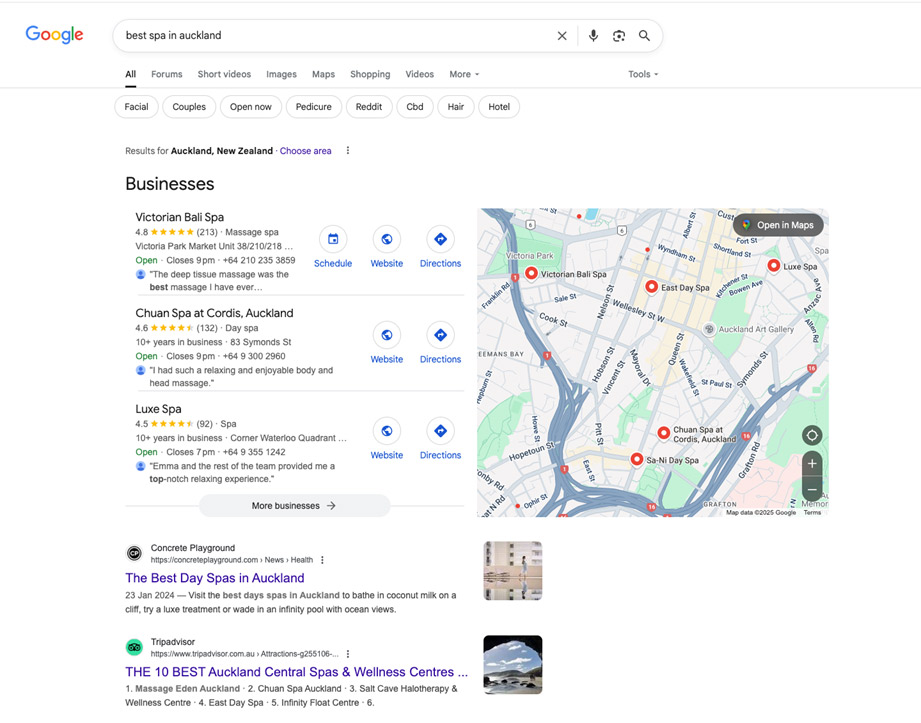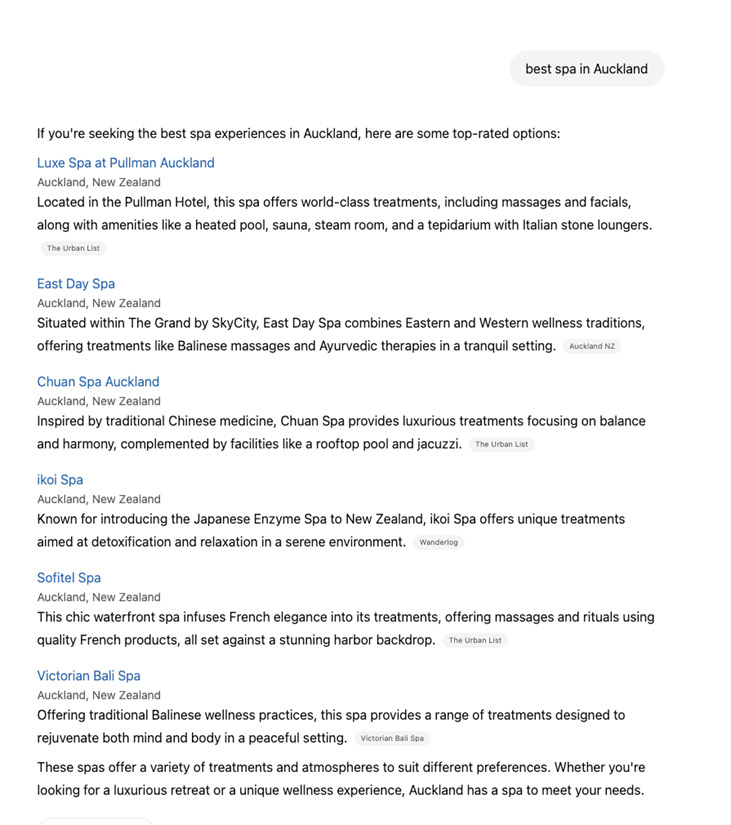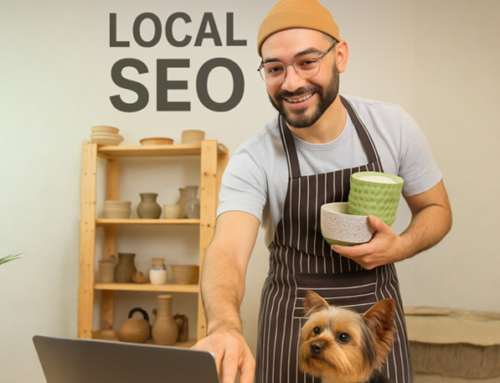Cathy Mellett, Founder and Director of Net Branding, shares her thoughts about the emergence of Generative Engine Optimisation and how it’s transforming digital marketing as we know it.

As digital marketers, we are used to changes, and there have been many. From the rise of short-form video content to voice search, and even shutting down Google Business Profiles.
But nothing has shaken up digital marketing more than AI. First, we had AI influencers, and now the hot new topic is Generative AI.
I’ve spent over 30 years in IT and 15 in digital, and there has never been a shift this significant since the digital revolution. Generative AI isn’t just a small update to search marketing – it’s a big change button.
But what exactly is GEO, and how is it reshaping SEO? Let’s discuss.
What is Generative Engine Optimisation (GEO)?
Generative Engine Optimisation is the technique of optimising your digital content and making it more visible for AI models. Tools like ChatGPT, Perplexity AI, and Google’s Gemini are generative AI models that pull information directly from different web sources to deliver a response to users. Essentially, GEO is about how to get your website in that response.
The way customers search for information has changed. In fact, more and more customers now use Generative AI to search for queries. While we don’t see this overtaking Google just yet, we need to keep up with the changes.
GEO vs SEO
So, how is GEO different from SEO? Both focus on optimising content for visibility. But there’s a big difference in the search process itself.
Previous SEO efforts look like this:
Keyword research – optimising content with keywords and technical SEO – ranking in the top spot in Google/Bing/Yahoo.
Generative Engine Search looks like this:
A user asks a question on ChatGPT, Perplexity AI, or Gemini – the AI scours the internet -AI generates detailed answers, summaries, and conversational responses.
We also know that these responses are based on multiple sources, rather than just showing a list of links.
An Example
For example, if you search for “best spa in Auckland” on a Google search engine (or any other search engine), you’ll get a list of websites recommending a list of spa places that have been ranked according to what Google thinks is most relevant to you.

But if you ask an AI tool the same question, it will instantly provide a summary of the top-rated spa, curated from different websites. You’ll also see the opening hours, reviews, and even personalised suggestions.

While SEO’s primary goal is to get websites to rank higher on a search engine page, GEO’s goal is about getting visibility among AI-generated search results. Traditional SEO strategies are about maximising keywords, backlinks, and other on-page techniques. Meanwhile, GEO strategies are about ensuring your content stands out in an AI-dominated digital space.
We use SEO to drive traffic to your website, which remains a crucial goal. At the same time, GEO is a big effort to create understandable, relevant, and useful content for AI. Ranking is one thing, making sure your content can be a part of the conversation is another, particularly in answering the user’s search query.
Ensuring GEO Success
With GEO, businesses need a slightly different approach to stay visible. Here are the key ones:
Acknowledge AI, but write for humans: Make your content structured and easy for AI to read, while ensuring it remains original and engaging for the human reader.
Clarity and structure: Organise your content well. This includes using clear headings, concise explanations, and logical flow.
Natural keywords: AI is great at interpreting nuances, so focus on phrases and context in your content that AI can recognise and use.
Why Does GEO Matter?
AI has become a key player in digital marketing, and Generative Engine Marketing helps ensure your content is AI-friendly. Here are some of the benefits of optimising your content for AI tools.
More reach: GEO best practices cater to both traditional search and AI queries. By making several changes, you can ensure your content has a wider reach.
More visibility: Many users now rely on AI to provide them with information. Having your content show up on the answers can help you stay visible to your customers.
Better user experience: GEO focuses on conversational, relevant content (which is really what your customers want to see). This improves the experience of your human audience and allows you to capture the attention of AI models.
The Future of GEO
GEO is only going to get bigger, and any future-proof digital marketing strategy must take it seriously. As AI grows, leveraging it and embracing GEO will keep your brand relevant to consumers.
Start by optimising your content for AI. Ensure that your content is valuable, shareable, and follows the E-E-A-T principles (Experience, Expertise, Authoritativeness, Trustworthiness). By doing this, you’ll be able to maintain a strong organic traffic.
GEO With Net Branding
At Net Branding, we lead with AI-driven GEO (Generative Engine Optimisation). Our team turns deep research and hands-on know-how into real, measurable results for our clients.
We deploy AI-driven GEO, but we’re always scanning the digital landscape, pivoting and evolving our digital strategies so our New Zealand and global clients stay ahead of every change.
If you’d like to make your brand visible in a rapidly changing digital landscape, let’s discuss how I can help your business.
Cathy.






